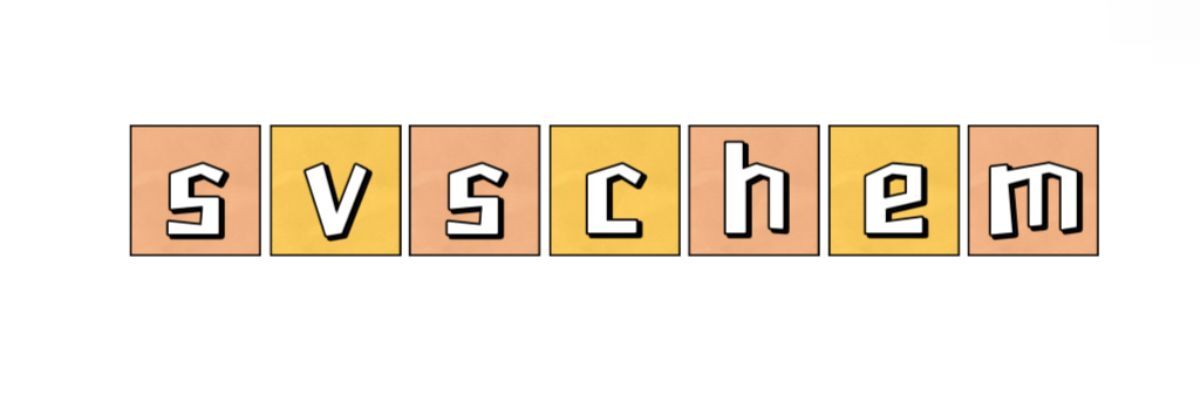What Is a Low Foaming Nonionic Surfactant?
## Understanding Low Foaming Nonionic Surfactants.
In various industries, the significance of surfactants cannot be overstated. Among these, a specialized class known as low foaming nonionic surfactants plays a crucial role. But what exactly are they, and why are they important?
### What Are Low Foaming Nonionic Surfactants?
Low foaming nonionic surfactants are a category of surfactants that minimize foam generation during applications. They are non-ionic, meaning they do not carry any charge. This unique characteristic allows them to interact effectively with various substances, providing excellent wetting properties, emulsification, and solubilization. Their primary function is to reduce surface tension, making them invaluable in several formulations across diverse sectors, including cleaning products, personal care, and agricultural applications.
### Key Benefits of Low Foaming Nonionic Surfactants.
One of the standout features of low foaming nonionic surfactants is their efficiency in scenarios where foam can pose issues. In many industrial processes, excessive foam can hinder operations, reduce efficiency, and complicate rinsing or processing steps. Here are some key benefits:
#### 1. Low Foam Generation.
As their name indicates, low foaming nonionic surfactants generate minimal foam. This is particularly beneficial in applications like industrial cleaning, where foam can interfere with cleaning efficiency. By utilizing these surfactants, companies can maintain a cleaner and more effective working environment.
#### 2. Mildness and Compatibility.
Generally, nonionic surfactants are milder compared to their ionic counterparts, making them suitable for sensitive applications, such as personal care products. Low foaming nonionic surfactants are often found in shampoos, body washes, and even in some food processing environments where gentleness is critical.
#### 3. Versatility.
These surfactants can be used in various formulations, from detergents to agricultural pesticides, showcasing their versatility. This is one of the reasons why low foaming nonionic surfactants have gained popularity; they can be customized to meet specific needs and applications.
### Applications of Low Foaming Nonionic Surfactants.
The applications of low foaming nonionic surfactants span multiple industries, demonstrating their diverse functionalities. Here are a few notable examples:
#### 1. Household and Industrial Cleaning.
In the cleaning industry, low foaming nonionic surfactants are essential components in formulations. They enhance the cleaning action while ensuring that foam does not disrupt the process.
#### 2. Personal Care Products.
Many skin and hair care products utilize low foaming nonionic surfactants due to their mild nature. They provide effective cleansing without irritating the skin, making them suitable for sensitive formulations.
#### 3. Agricultural Formulations.
In agriculture, these surfactants are incorporated into pesticide formulas to improve spreading and adherence, ensuring better distribution over crops while minimizing drift and environmental impact.
### Conclusion.
Low foaming nonionic surfactants are increasingly important across various sectors due to their unique properties and benefits. Their ability to minimize foam while providing effective wetting and emulsifying actions makes them indispensable in many formulations. As industries continue to seek efficient and effective surfactants, the relevance of low foaming nonionic surfactants will surely persist in future developments. Understanding their role not only enhances product formulation but also contributes to the overall advancement of various applications in diverse fields.
For more Surfactant Shampoo, Lineal Anionic Surfactant information, please contact us. We will provide professional answers.
- Previous: Ionic Surfactant in India: Trends and Insights for 2024
- Next: None


